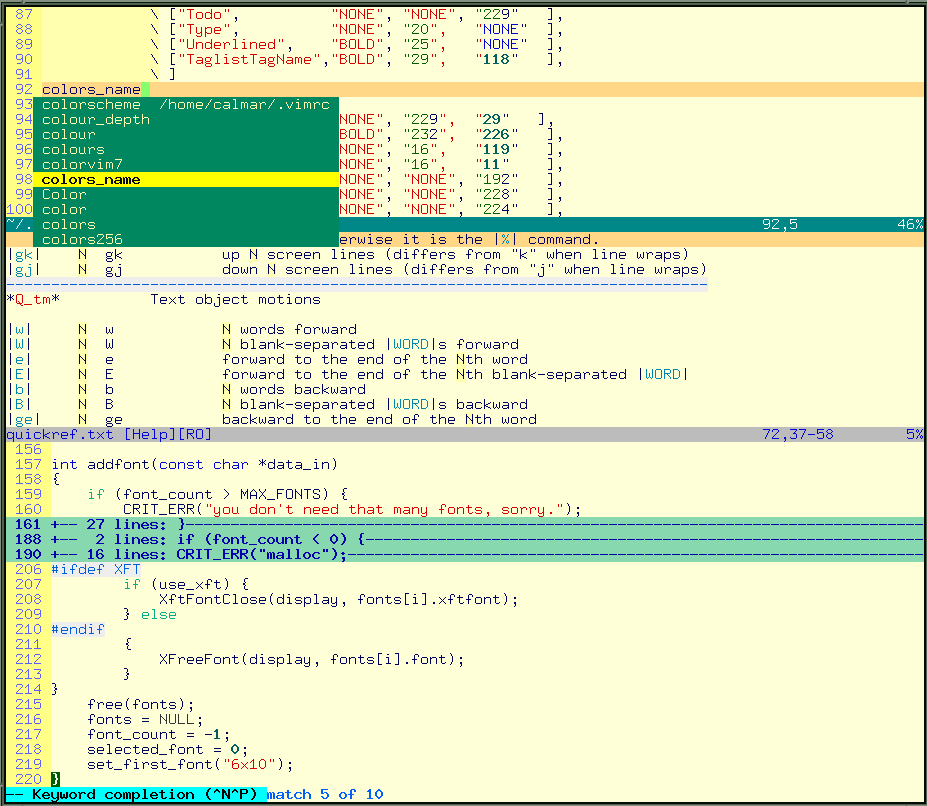
This puts the terminal in a state where the termcap codes are valid and The stringsĭefined with 't_ti', 't_TI' and 't_ks' will be sent to the terminal. endif raw-terminal-modeįor normal editing the terminal will be put into "raw" mode. If you want to set options or mappings, depending on the terminal name, youĬan do this best in your. Settings depending on terminal term-dependent-settings Which external termcap file is used varies from system to system and mayĭepend on the environment variables "TERMCAP" and "TERMPATH". If an option is present in both, the one first encountered is used. If an option is missing in one of them, it will be obtained from the other 'ttybuiltin' on 1: builtin termcap 2: external termcap 'ttybuiltin' off 1: external termcap 2: builtin termcap One is used first depends on the 'ttybuiltin' option: BothĪre always used, if an entry for the terminal you are using is present. Terminal you are using from the termcap file and the builtin termcaps.
#Xterm vs pterm code
If the termcap code is included Vim will try to get the strings for the Terminals in the error message you get for `:set term=xxx` (when not running
#Xterm vs pterm Patch
Since patch there is noĭifference between Vim versions. On non-Unix systems a termcap is only available if Vim was compiled withīuiltin-terms builtin_terms A number of builtin terminals are available. Running Vim the output of " :version" will show +terminfo if terminfo is The choice whether to use terminfo or termcap is done automatically. On Unix the terminfo database or termcap file is used. Vim will try to get the name from the TERM environment variable. You can give the terminal name with the '-T' Vim argument. A few other terminal types are always available, see below For the Amiga this is a standard CLI window, for MS-Windows the pc terminal, for Unix an ansi When Vim is started a default terminal type is assumed. Slow and fast terminals slow-fast-terminalĥ. NOTE: Most of this is not used when running the GUI. Stored in the terminal options, see terminal-options. Special keys produce a string of characters. Performed on the screen are accomplished by outputting a string ofĬharacters.

May be messed up or keys may not be recognized.

If this information is not correct, the screen Vim uses information about the terminal you are using to fill the screen and


 0 kommentar(er)
0 kommentar(er)
